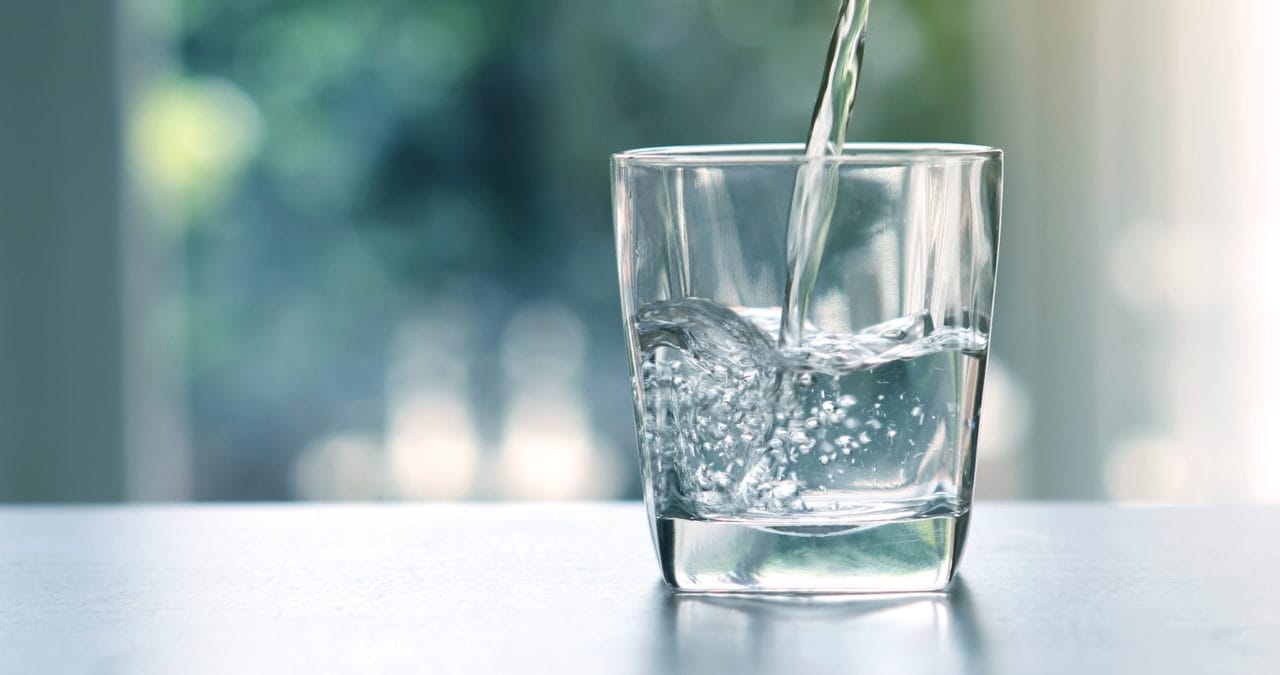Chlorine
If you notice a Chlorine like taste or smell to your hot water there could be an issue with your internal plumbing rather than the water supply, please see section titled ‘TCP’ below.
What to look for:
Taste of chlorine similar to a swimming pool or bleach.
- Taste or smell of chlorine in cold drinks
- Is the taste more noticeable first thing in the morning or early evening?
Why does this happen?
Chlorine is added at water treatment works to disinfect the water and ensure it is fit for your consumption. Disinfecting your water is a legal requirement and to do this a small concentration is dosed into your water supply. The dose is so small that the residual concentration of chlorine left in the in the water when it leaves your tap is typically less than 1 part per million.
Sometimes chlorine is more noticeable in our water – why is this?
- Distance of your property from the treatment works
- The time the water spends travelling to your house
- The temperature of the water
- Where your water is sourced from
- The time of day – first thing in the morning and early evening when more people are using the supply
- Water travelling quickly through the mains. For example, when a main in your area has burst or emergency services have drawn water from a hydrant locally
Just remember…
It’s important to know that the chlorine in drinking water is not harmful because its added at such low levels. Chlorine is needed to control the harmful bacterial in the water supply. It is so important that levels remain satisfactory that Water Companies are regulated to ensure routine monitoring of chlorine levels at various points in the supply chain takes place, these include:
- Water treatment plants
- Storage reservoirs
- At customers taps
Self Help
We recognise that some of us are sensitive to the smell and taste of chlorine, it’s easy to remove the taste if this is the case.
Simply place a jug of water in the fridge a few hours before you drink it.
Remember not to keep the water for more than 24 hours as removing the chlorine means the water is no longer protected and is more susceptible to bacteria growth.


